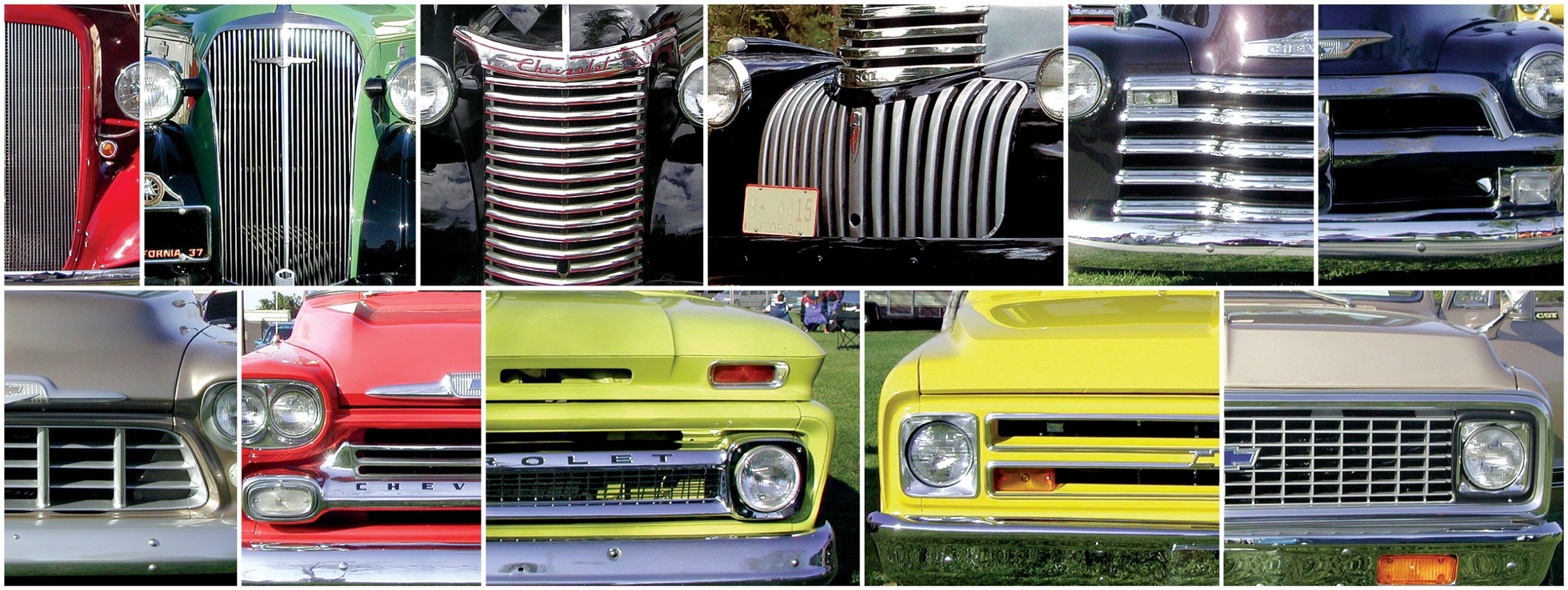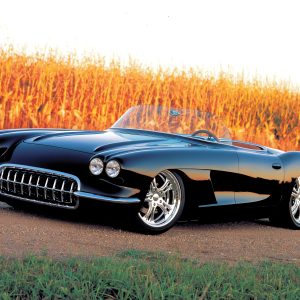Rebuilding a Water Pump Is Easy, Inexpensive—and Sometimes Your Best Option
Small-block water pumps are common replacement parts and are available at prices that are nearly impossible to beat. However, while getting a brand-new water pump for cheap is great, sometimes you need to keep the one you have. If it’s date-coded, or maybe you’ve installed a chrome steel or an aluminum water pump. You aren’t going to get those at the parts counter. In cases like these, rebuilding a water pump is preferred to buying a new one.
Shafer’s Classic Reproductions in Tampa offers a water pump rebuild kit for ’55-’57 models, which can also be used for other short-snout, small-block water pumps through 1968. Shafer’s kit comes with a new impeller, shaft and bearing assembly, fan hub, gaskets, and the correct, flat, rear cover plate.

Originally, the pumps used a cast-iron impeller and rebuilt water pumps typically used a new cast-iron piece. Some of these replacement impellers were slightly thicker than the original, which required a contoured rear plate to make room for the thicker impellers.
“We originally had [the end users] reuse their cast-iron impellers and found out about the thicker impellers real quick,” Warren Shafer told us. If the pump had been rebuilt once already, it became an issue. “With the thicker impeller, the flat cover crushes the impeller down on the bearing and seal, and it fails.”
Another problem was that cast-iron impellers tend to crack and break while being pressed off the shaft. Thus, Shafer decided to start supplying a brand-new stamped-steel impeller. “There’s no difference in flow that I know of,” he said. “I was actually told [by the supplier] that flow is a little better, but I’ve never checked it. We’ve been selling them for a long time and we’ve never had anyone say there’s a problem.”

Currently, there are no rebuild kits available for long-snout, small-block pumps. We did, however, find that local parts stores offer rebuild services, but they send the work out to other companies. Of course, they’ll rebuild short-snout pumps too, but we don’t know if they will rebuild aftermarket chrome or aluminum pumps. By the time you get done paying shipping costs, it’s tough to justify not getting a new pump or handling the rebuild yourself with this kit.
The casting numbers on this particular water pump indicate it’s for a ’56 passenger car and Corvette, so we felt a little more comfortable handling the rebuild ourselves. It’s a very simple and straightforward operation, only requiring access to a hydraulic press and a bead blaster, and it took us a little over an hour. It’s probably one of the least expensive components to restore, whether measured by watch or wallet
















